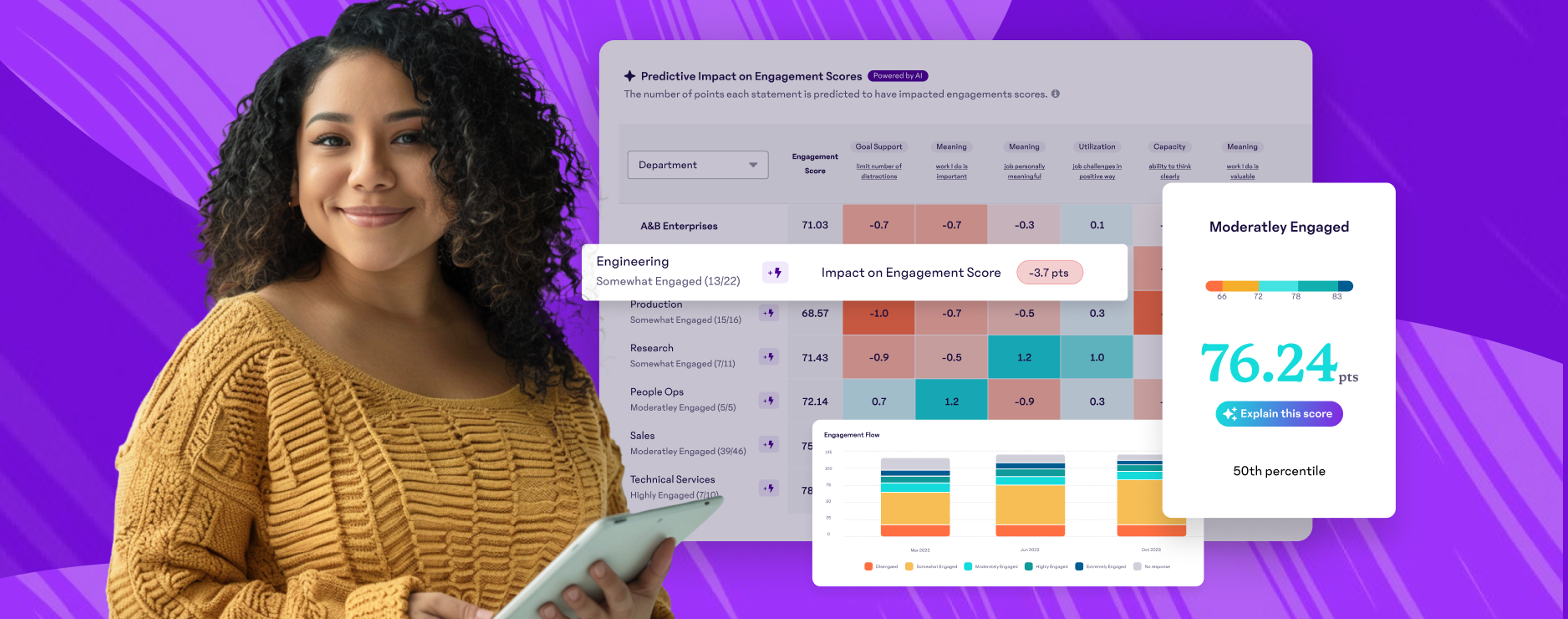Why is Employee Voice So Important?
A growing body of research indicates that a key indicator of organizational success is a company’s ability to make employees feel heard.
Giving employees a share of voice is a critical component of establishing a workforce that’s happy, productive, and engaged. It’s not until an employee is convinced that his suggestions play an integral role in decision making that they become willing to communicate ideas, concerns, and opinions.
Employee voice is what makes it possible to build a corporate culture around respect and shared values.
However, this subject is one that remains a fuzzy gray area at many organizations. Here are some answers to those key questions you may have:
What is employee voice?
Essentially, employee voice refers to the amount of voluntary effort a person is willing to put into communicating suggestions, opinions, concerns, and ideas that can be used to make improvements. It goes beyond the typical suggestion box to proactively seek out input that will improve productivity, collaboration, and more. Although it’s not a well-known subject area (at least, not yet), the bottom-line benefits of giving employees a greater share of voice can be significant.
What happens when employees DON’T have a share of voice?
They won’t speak up. If employees are consistently not heard, they remain silent. This can become a big problem because we often need our employees to raise the white flag and tune us into issues that may otherwise be overlooked.
For a real-life example of this theory in action, consider what happened at the General Motors assembly plant in Fremont, California. When Toyota first took over the GM facility, it was highly unproductive. But instead of rehiring and replacing staff, Toyota’s first move was to instill a new set of values with existing employees. That meant offering greater autonomy and share of voice, which ultimately led to managers implementing 80% of the suggestions made by employees every year. As a result, the plant went from the industry’s worst to its shining star example.
When you’re not heard, you just do what you’re told without questioning or bothering to change things because you don’t think anything will result from speaking up.
Where should organizations start when embarking on a new employee voice program?
The most important first step is having a system in place that ensures all opinions are heard and addressed. If an organization continues to let new ideas fall by the wayside or, worse yet, fails to acknowledge that suggestions have been heard, at some point employees will stop offering them and engagement will drop.
For employees to feel heard, it’s important that they not only put something in but also get something back in return. Research shows that closing the loop — which could be something as simple as offering an explanation of why management decided to go in a different direction — will make an employee feel that his/her voice is heard. Even when an end result isn’t exactly what a person had hoped for, employees feel much more valued when their ideas are taken into consideration.
What can leaders do to ensure employee voice is not met by deaf ears?
Sometimes, leadership will confuse an open door policy with true employee voice. The open door policy is great and is a good first step. But it’s important to remember that actions speak louder than words. By reviewing the number of suggestions that have been considered or implemented over the past year, a company can get a much better sense as to whether or not it really has an effective employee voice program.
Another aspect that often gets overlooked is what I’d call “voice visibility.”
For example, for a while at 15five, we were relying on a private Google form to collect suggestions. One day, our executive team realized that three employees had shared concerns over a falling coat rack on separate occasions. It was such a small, easy-to-fix issue — and yet it took weeks to be addressed simply because those suggestions hadn’t been seen by the right people.
How can an organization know if it’s doing employee voice right?
One sure sign of effective employee voice is the frequency at which employees are participating in discussions around key decisions and changes. Measuring engagement can also shed a lot of light on how well a program is working.
Read how about how our customers are listening to and measuring employee feedback –>




